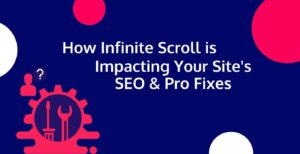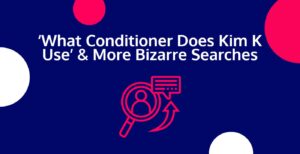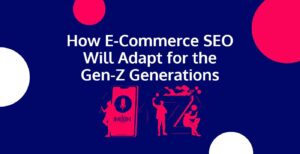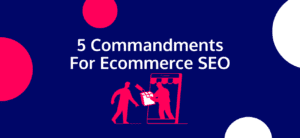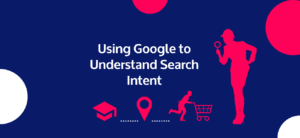Table of Contents
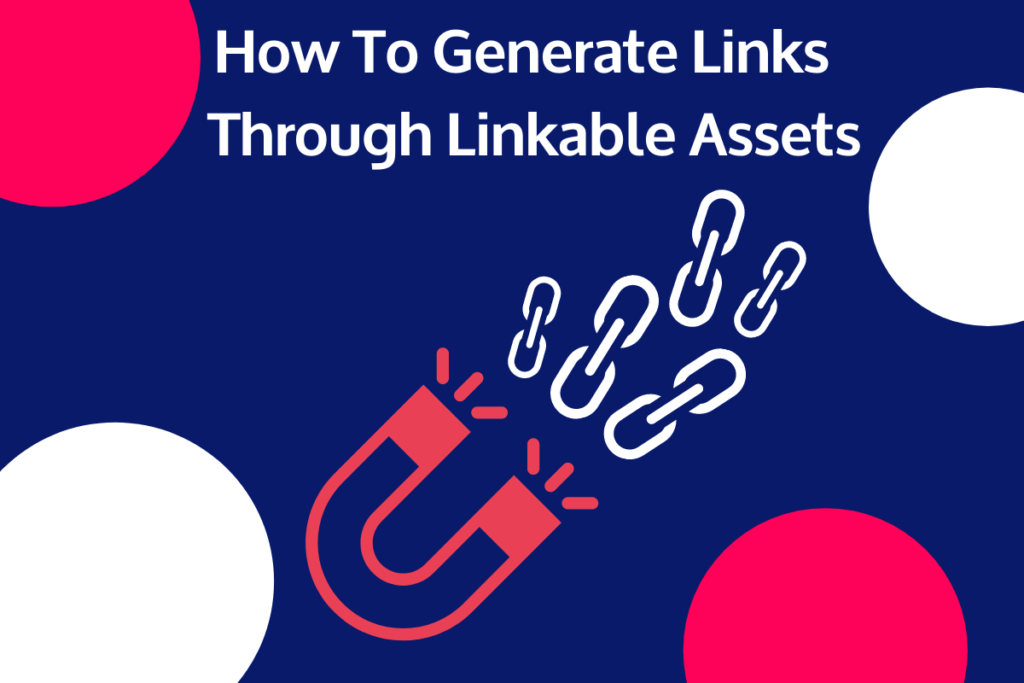
When it comes to building a brand or website, creating great online content and assets is a game changer.
In terms of SEO, it’s a proven and cost-effective way to drive organic traffic to your website and connect with your customers. Overtime, it also helps you build authority in your niche.
But owning quality “assets”, such as blogs, software, graphics or video content, is only half the battle. After-all, these assets aren’t going to be worth much if they simply sit dormant.
And unless you’re established in the industry or have an existing audience, you’ll probably struggle to get eyeballs on your content.
So, at the same time as creating assets that are interesting and valuable, you’ll also have to think up ways to bring them to Google’s attention. And what’s the best way to do this? With backlinks and press promotion.
In this post, you’ll find out what linkable assets are and exactly how to create links to your website through linkable assets.
What are backlinks and why are they important?
In essence, backlinks are when an external website links back to your website.
They’re important for SEO because they tell search engines, like Google, that others consider your content or site informative and of high quality. As more external sites vouch for you through backlinks, search engines will conclude that your website or content is valuable.
One of the most effective ways to attract quality links is through creating great content that speaks to your niche, stands out and is both unique and valuable. While this is no easy task, below, we’ve outlined step-by-step the strategy we use to create our own linkable assets.
But first, let’s get technical for a second and talk about the Google algorithm.
Understanding Google’s algorithm
Prior to Google’s final 2016 update to Penguin 4.0, volume – rather than quality – of links played a much bigger part in how Google ranked a website.
The update aimed to reduce the effectiveness of so-called “Black Hat” spam link schemes (these are unethical SEO techniques such as keyword stuffing and misusing redirects), Google’s algorithm started to recognise quality inks. As a result, websites and web pages that had earned links of this calibre were rewarded by Google. Those who hadn’t, saw their rankings suddenly nose dive.
Google claimed that, instead of punishing websites for using spam links, this new version of the algorithm would devalue poor quality links.
Google’s July spam and links update
Due to its latest update, Google’s algorithm is now even better at identifying and nullifying what it considers to be spam or toxic links. 
They claim that they have also improved their ability to identify transactional links, stating that sites participating in affiliate schemes need to qualify these links with rel= sponsored. As a result, sites involved in paying for and displaying guest blogging and sponsored posts that are not identified as “rel=sponsored” will likely be negatively affected.
Putting paid posts aside, what alternatives are out there for obtaining high quality, relevant and contextual links? The answer: linkable assets.
What is a linkable asset?
Also known as a link magnet, a linkable asset is a piece of content or a tool created with the goal of enticing other domains to link to it.
According to Rand Fishkin at Moz, who coined the phrase, “it’s the idea that rather than simply producing and hoping people like [your content] enough to link, you build a true incentive for them to do so.”
Infographics, motion graphics, video content, online calculators and listicles are all great examples of linkable assets.
How to make a linkable asset?
The internet is a crowded space. So, when it comes to cutting through the noise to create a truly linkable asset, the first thing you need to do is find a way to stand out.
Read on and you’ll discover a tried and tested process for creating linkable assets.
Want to find out more about creating a linkable asset for you company? Or need help building one?
Hold fire on the content creation. The first step to creating linkable assets is to understand your niche.
To do this, use platforms such as Ahrefs to find out which of your competitors’ content is being linked to, then research why webmasters and journalists are sharing this content.
Analysing existing content and understanding its limitations in this way will help you produce something that is 10X better. If your content is of superior quality to what already exists, people will want to share it.
Why not try the SkyScraper technique, for example, which involves leveraging existing content that has already been proven to get results.
While the SkyScraper content has some benefits in that it doesn’t need to be unique, it also has drawbacks. Namely that you’ll need to try rank for very competitive keywords, so it’s a technique better suited to more established brands and websites.
You can also use research into the content that exists in your niche to find the things that aren’t there that you think should be e.g. what problems in your niche need to be solved? What questions are yet to be answered? Fill this gap in the market with high quality content and you’ll naturally attract backlinks.
Be unique
Making your “asset” unique is probably the most important factor when you’re looking to attract links from other sites (especially for sites in niches people might consider “mundane”).
When starting on your journey to creating unique content, however, it might at first feel like every topic or idea you think about has already been covered. But rest assured: whatever your niche, there is always a way to drum up something unique, fun and interesting.
Start by working out what information you have available in-house which others don’t. What stats or facts about your business might people find interesting or amusing?
Remember – while unique is the buzzword here, it doesn’t have to mean creating entirely from scratch. Instead, it can involve repurposing existing information and data in unique and original ways (more on this later).
To illustrate the point, here is a case study from one of our own clients: eco pet brand which sell dog poo bags:
We know that regular dog poop bags are made from plastic, the disposal of which contributes to environmental problems. We also know that sustainability and environmental issues are a hot topic at the moment.
So, our idea was to combine the two in an interesting and visually appealing motion graphic that would illustrate just how many poop bags the UK alone was responsible for. Through creating this linkable asset, we would not only attract visitors to thier site, but could also positively promote the brand and its products – a definite win-win!
Use existing data
There is a misconception that in order to get your hands on valuable unique data, it needs to be purchased or you need to run things like surveys at scale. Although these are still great methods, there is a huge amount of free data online which you can use, you just have to get creative.
Now, let’s bring it back to our dog poop bag example. The idea here wasn’t to produce entirely new data on the subject but to reinterpret what was already there and combine it with inhouse data, in order to create something fun, impactful and unique. As a piece of content, it also had to feel right for the brand.
To show the impact of dog poop bags on the environment, we decided to create an infographic of the world being circled by these bags. We then needed to find out some relevant, interesting and freely available stats on the subject.
We used a combination of our existing knowledge (e.g. on the dimensions of dog poop bags) and some easy-to-find – and free! – data on the purchasing of dog poop bags in the UK.
After some rough calculations, we figured out how many times, if put end to end, one year of dog poop bag purchases in the UK could circle the world. Finally, our developer Umair and Graphic designer Millie turned these stats into a simple but effective motion graphic – aka our linkable asset.
Connect this data with your brand
The next step in the process of making a linkable asset is to combine the data available online with information about your products, services or findings. By effectively attaching interesting findings to the page, product or service you are trying to promote, you will see better results in regards to relevant links, conversions and rankings for those key pages. 
This is exactly the tactic we used for our dog poop bag infographic: we found ways for the data and visuals to promote our client’s brand. Through creating a quality infographic and link magnet using information at our disposal, we also helped draw attention to one of their flagship products – their compostable dog poop bags.
Create must-link content
So, you’ve chosen a unique, stand out topic and collected interesting and relevant information. But this still isn’t enough to get the links pouring in. Now you need to transform this piece of content into a must-link asset.
By this we mean creating something that’s not only attractive to other domains, but also illustrates the data it describes so well that it has to be linked to when referenced by another site. This usually means producing visuals like motion graphics, software, infographics, video and images which help people understand the subject matter you are talking about.
Of course, choosing the right kind of linkable content – and then creating it – can be a real challenge. If you’re stuck for guidance, or need technical support, why not speak to an agency like Digital Rainmaker.
Newsjacking and thought leadership
Stay tuned into what is in the news and on social media, then tie-in your content with these hot topics so that people will simply have to link to you.
In terms of our own infographic, for example, we could have gone one step further and connected it more directly to the conversation around the environment by offering up some stats on the impact of normal poop bags vs compostable poop bags.
Other easy ways to get people talking about (and linking to) your content include creating or writing something on a controversial and/or humorous topic. Although beware: the wrong type of controversy could damage your brand.
Get links to your blogs through outreach and promotion
Next to making quality content and blogs, outreach and promotion is the next most important part of the backlink-earning process.
To those of you new to PR/Digital outreach and promotion, this process involves reaching out to webmasters and journalists – the so-called “Linkerati” – and inviting them to link to the asset you’ve just created.
Tools like Ahrefs, Sparktoro, SEMRush and Buzzsumo (most of which require subscriptions) are invaluable when it comes to gathering this kind of data. They can help you identify which journalists, webmasters and brands fall within your niche and have shared similar content in the past.
These platforms will often also provide the relevant contact information, making outreach much less time consuming.
The final step in this “how to” guide for creating linkable assets? Construct a must-read email or press release detailing your brilliant new content (there are plenty of free templates available online to help with this). Then, send this out to the best linkerati in your niche.
Still confused about where to start with linkable assets or simply don’t have the resources? Reach out to us at Digital Rainmaker to help you devise a content strategy that will help you get links to your website and send your Google rankings soaring.
